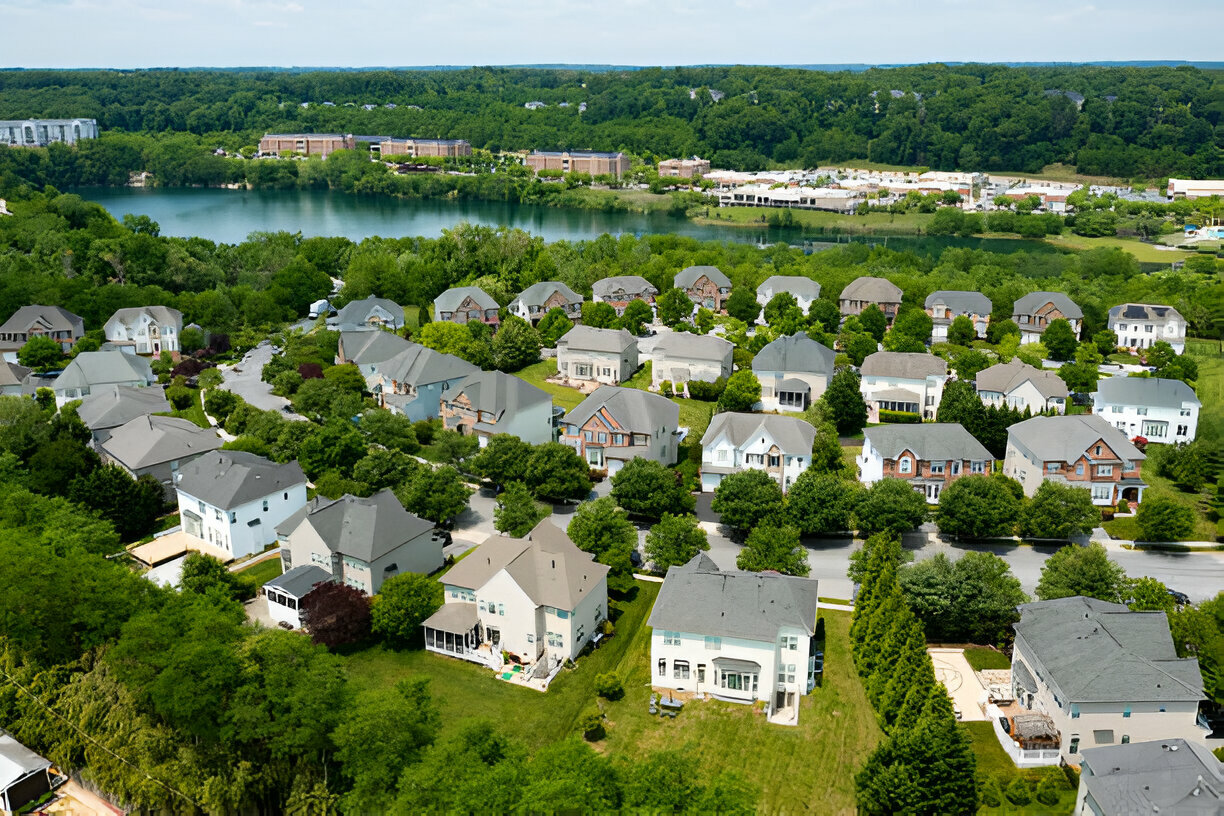When discussing the issues surrounding housing in the United States, there is no hiding that the bigger the city, the more concentrated the issue is. It should be no surprise, then, that even in Maryland, those problems require fixing, and the housing crisis in Baltimore is no different than in any other city. So, let’s take a look at one specific solution that has been brought up and how it could potentially be the saving grace of Baltimore in the long term. You might be surprised to learn that smart homes not only exist but have a lot to offer.
Unaffordable Housing Options
As you can imagine, the leading cause of the housing crisis in the Baltimore area is, of course, the high prices of the current housing market. Many people might not understand why Maryland is so expensive, but a reality, of course, is that there is a rising demand as a lot of people move away from rural areas to a more urban area, which often has more job opportunities. With the current state of the economy, especially with the increasing stress caused by the tariffs, the Baltimore housing market has become much tighter. While Baltimore is not the most expensive city on the East Coast, its high property taxes and the fact that many homes are on the older side of things, which requires them to be properly maintained, mean that living in Maryland, especially around its capital, is pretty expensive.
The Vacant Home Conundrum
A lot of people who live in the Baltimore area might be wondering why there is a housing crisis when there are so many vacant homes in Baltimore City proper. The answer is both complicated and pretty simple. As the Baltimore population is somewhat aging, there was a massive population flight at one point, which caused a lot of homes to be abandoned, somewhat similar to what happened following the flight of the auto industry from Detroit. This means that while there are currently around 15,000 abandoned homes that are vacant in the Baltimore area, the reality is that not all of them are suited to be lived in. This is partly why the housing market is so expensive, because a lot of these houses will require a lot of work to be made livable, which means increased cost once again. With this in mind, it’s not surprising that many people are looking for cheap and rapid options to fix the housing issues that are plaguing the state of Maryland.
Here Comes The Smart Homes
When you think about smart homes, you probably think about mostly techno gadgets that allow you to control your lights or control your locks, but the reality is that smart homes are much more than that. A lot of the plans that are discussed around Baltimore are not only about smart homes, but tiny smart homes. The tiny home phenomenon has become quite widespread, considering that many people have very little budget to buy full homes but still need places to live. Tiny smart homes are not only able to provide a safe and proper shelter but are also pretty affordable and built with materials that will last. A lot of the smart homes are smart in the way that they are constructed, which means that the materials that are used are smart. Different from smartphones, for example, a lot of smart homes use very advanced technologies to keep heat in during the winter or avoid drafts and other issues that could increase the cost of living.
Can It Fix The Issue?
While many people might think that this is the ultimate solution and that we don’t need to discuss it any further, the reality is that the city of Baltimore sees it very differently. While they are ready to invest in these projects, they are also looking at refurbishing a lot of the abandoned homes to make them livable again in a way that not only preserves these buildings but also cuts costs when it comes to making housing more available in the city. If you are somebody who is looking to flip some of the abandoned homes, you might be thinking, “I finally got a cleaner for my house in Baltimore, and now people are looking to destroy them and build over it?” But the project is much more in-depth than that. While Baltimore is planning to bulldoze some of those homes, they do have plans to renovate and make a lot of these homes livable without actually tearing down the structures.
Concretely, what this means for Baltimore is mostly that there will still be a lot of talk on how to best approach this issue and what can be done realistically to prevent more people from finding themselves homeless by 2030. The reality, of course, is that, like in every other major American city, the housing crisis will rage on until we find proper solutions to address it countrywide, and sadly, it doesn’t seem like the solution is near just yet.

